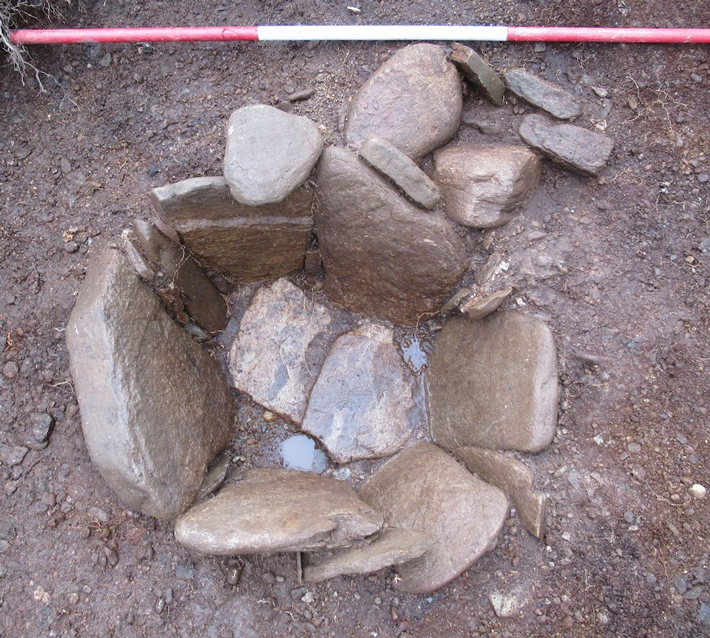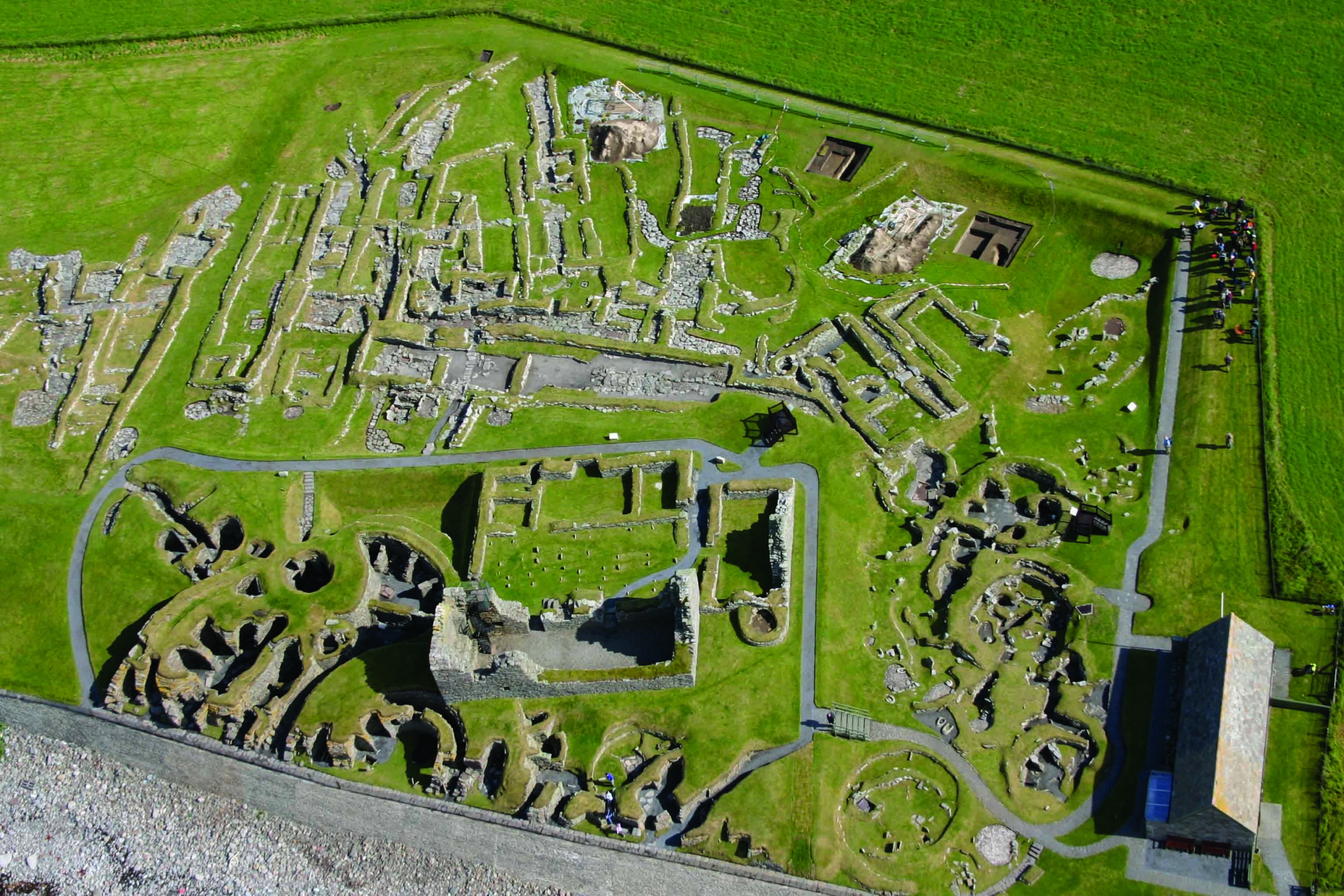
KILCREGGAN, SCOTLAND—Graves dating back to the Bronze Age have been found at a site called Portkil on the Rosneath Peninsula, according to a report from The Lochside Press. A team from the North Clyde Archaeological Society has found six graves in all, including a miniature coffin for a baby, and four cremations. The discovery of so many Bronze Age graves together is unusual, said Tom Ward, the society’s vice chair, as burials from the period are usually found individually. A stone coffin had been marked on maps of the site for more than two centuries, though no details of its dating were known before the current excavation began. The researchers also found a bone-filled bronze pot, partially damaged by a plough, that is thought to be more than 3,000 years old. Next to the pot was a pit that contained a bead that may be up to 4,000 years old. Nearby, the team found a very small lime kiln dating to the late eighteenth or nineteenth century, which may explain why Portkil is called Portkiln on some old maps. To read about another Bronze Age find in Scotland, go to “Scottish ‘Frankenstein’ Mummies.”










